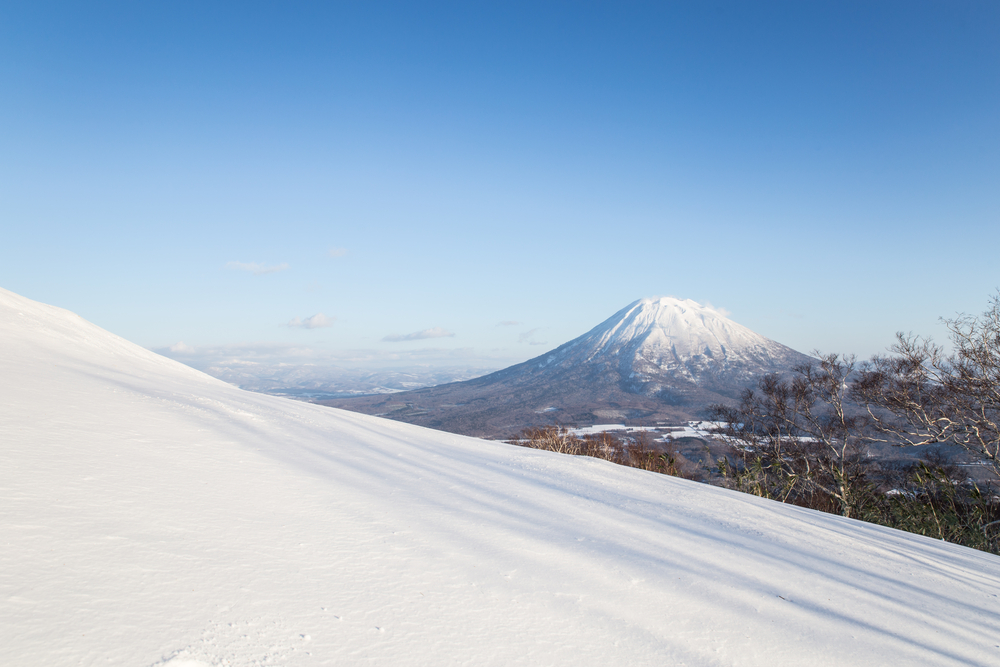
- ARAB NEWS
- 02 Jul 2025

TOKYO: Global warming could bring heavier snow to mountainous areas near the Sea of Japan coast in central to northeastern Japan, a Japanese research team has predicted.
Heavier snow is predicted in mountainous areas in the southern part of the Tohoku northeastern region, the Hokuriku central region and the northern parts of Nagano and Gifu prefectures.
The research team conducted a supercomputer simulation on the assumption that the average temperature in the world rises by 4 degrees Celsius from levels before the industrial revolution.
The simulation results were released Monday by the researchers from Tohoku University, the Meteorological Agency's Meteorological Research Institute, the Japan Agency for Marine-Earth Science and Technology and Nagoya University.
The research outcome will be published in a journal of the American Geophysical Union.
Areas along the Sea of Japan coast see heavy snow in winter as cold air flows from Siberia, due to a typical winter pressure pattern of high pressure systems in the west of Japan and low pressure systems in the east.
The cold air mass is expected to be less affected by global warming, leading to it having greater influence on weather in Sea of Japan areas, according to the research team.
Meanwhile, low-lying areas along the Sea of Japan coast could see thinner snow, as snow clouds would more likely to pass over the areas, the research team also said.
"Vigilance should be exercised against heavier snow than now in high-altitude areas when a major cold wave is feared," Takahiro Sasai, assistant professor at Tohoku University, said.
JIJI Press